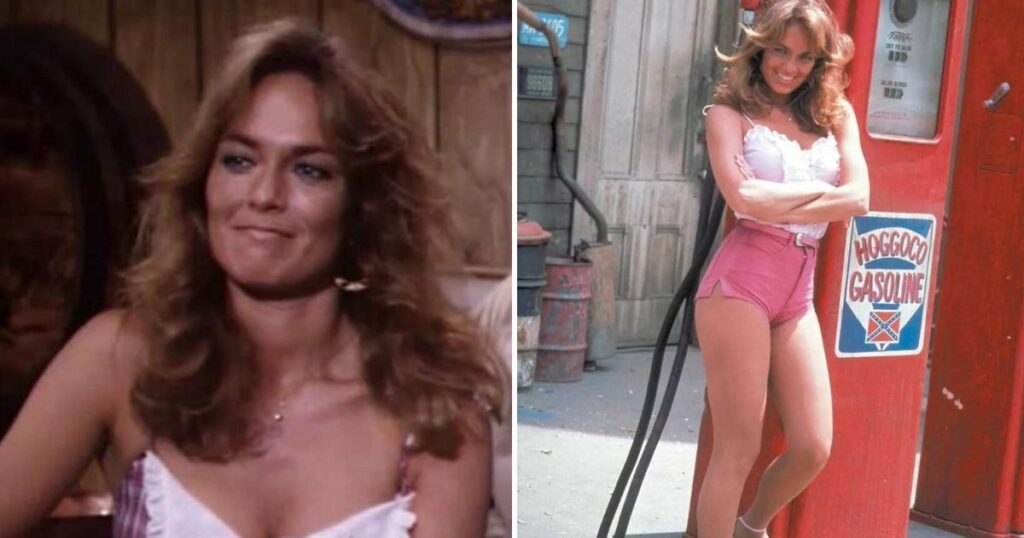
In the late 1970s and early 1980s, television was brimming with shows that captured the spirit of Americana, but few left as lasting an impression as The Dukes of Hazzard. Among the fast cars, good-natured mischief, and Southern charm, one character became an enduring pop culture icon: Daisy Duke, played by the charismatic Catherine Bach. Her portrayal was far more than just another TV role—it was a groundbreaking moment in the way women were represented on screen.
Catherine Bach’s portrayal of Daisy Duke introduced audiences to a character who was equal parts beauty, wit, and strength. Daisy wasn’t just a sidekick or an ornamental presence; she was integral to the storylines, holding her own in a male-dominated cast. Her confidence, quick thinking, and charm made her a standout figure in The Dukes of Hazzard, and her fashion choices helped catapult her into the annals of pop culture history.
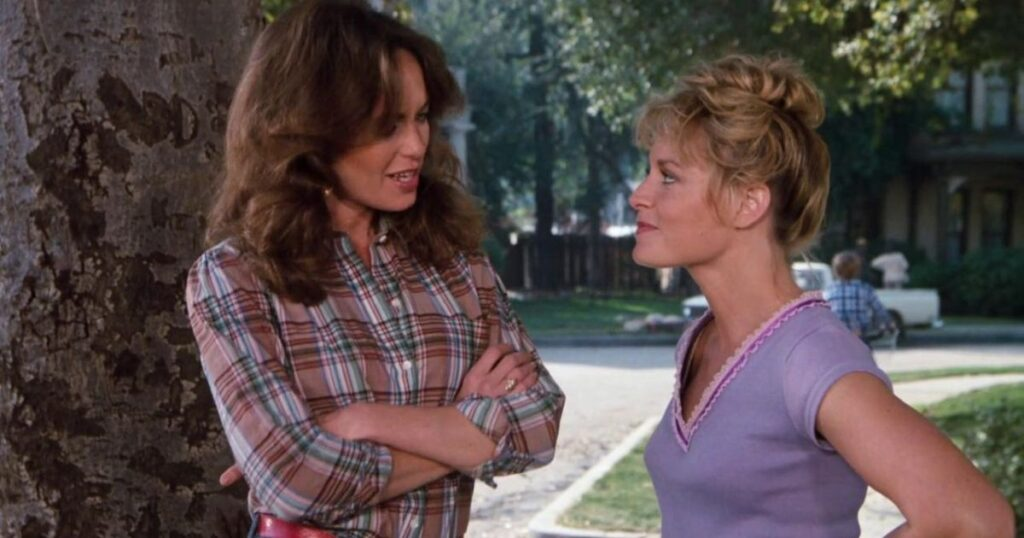
The now-famous cutoff denim shorts, lovingly dubbed “Daisy Dukes,” became an iconic symbol of the era. This bold wardrobe choice wasn’t merely a stylistic decision; it was emblematic of the changing attitudes toward women’s independence and self-expression. Bach’s fearless embrace of her character’s style resonated with audiences and turned Daisy Duke into a trendsetter for decades.
Daisy Duke’s denim shorts and tied-up tops weren’t just fashion statements—they were cultural markers. At a time when women were pushing for greater representation and autonomy, her wardrobe reflected the liberation of the era. Her outfits showcased confidence without losing authenticity, capturing the balance of strength and femininity.
The look wasn’t without its critics in its early days, as some viewed it as overly provocative. However, it quickly became a symbol of empowerment, inspiring women to embrace their individuality and body positivity. Catherine Bach’s choice to design Daisy’s wardrobe herself ensured that the look remained true to the character, reflecting her playful yet practical nature.
What truly set Daisy Duke apart was her multifaceted character. She wasn’t relegated to being a damsel in distress or a one-dimensional figure. Instead, Catherine Bach imbued Daisy with intelligence, wit, and a sense of loyalty that made her indispensable to the Duke family’s escapades.
Daisy was often the key to resolving the chaotic situations her cousins, Bo and Luke, found themselves in. Her resourcefulness and courage allowed her to outwit antagonists and navigate tricky scenarios with ease. Whether using her charm to gather vital information or stepping in to save the day, Daisy proved that women could be both glamorous and fiercely capable.
This portrayal helped break away from the stereotypical roles often assigned to women on television during that time. Bach’s Daisy Duke was a precursor to the strong, independent female characters we see on screen today, proving that strength and femininity could coexist seamlessly.
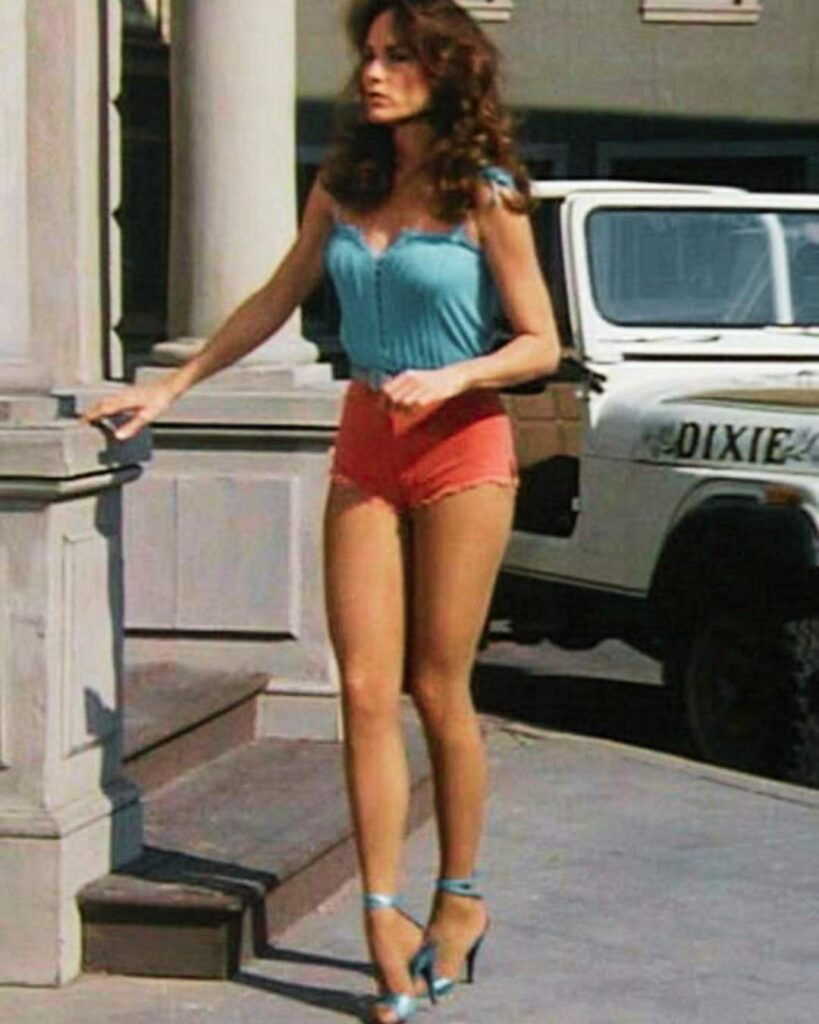
The late 1970s and early 1980s marked a transformative period in American society. Conversations about gender equality, personal freedom, and representation were becoming more prominent, and media began to reflect these shifts. Daisy Duke stood as a symbol of these changing times.
Her character embodied the newfound openness of the era, representing a woman who was unafraid to stand on equal footing with her male counterparts. While Daisy’s beauty was undeniable, it was her intelligence and agency that truly captured the spirit of the time. She mirrored a society grappling with—and embracing—the redefinition of traditional gender roles.
Even after The Dukes of Hazzard ended its original run in 1985, Daisy Duke’s impact endured. The term “Daisy Dukes” entered the lexicon, symbolizing not just a style of clothing but an attitude of confidence and self-assurance. The character became a touchstone for subsequent portrayals of women in media, influencing how strength and femininity were depicted on screen.
Catherine Bach’s portrayal transcended the confines of the show, making Daisy Duke a timeless cultural icon. Her character has been referenced in music, fashion, and other forms of entertainment, proving that her influence continues to resonate.
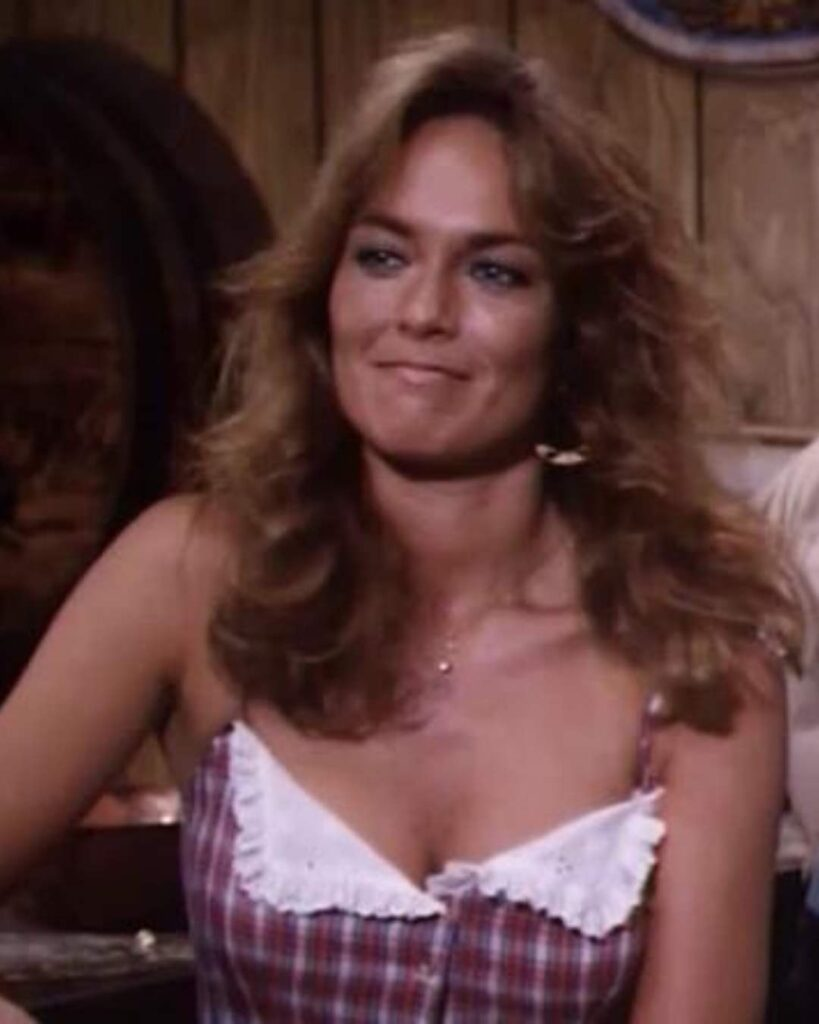
Part of what made Daisy Duke so memorable was the authenticity Catherine Bach brought to the role. She played Daisy with a natural warmth and charisma, making her feel like a real person rather than a fictional character. Bach’s decision to design much of Daisy’s wardrobe herself added another layer of authenticity, ensuring that the character’s style reflected her personality.
Off-screen, Catherine Bach became a role model for many, demonstrating grace and humility despite the fame that Daisy Duke brought her. She often spoke about her pride in playing such an influential role, appreciating the character’s impact on audiences worldwide.
The legacy of Daisy Duke is a testament to the character’s cultural significance and Catherine Bach’s unforgettable performance. Decades after The Dukes of Hazzard first aired, Daisy remains a symbol of strength, charm, and individuality. Her influence can still be felt in the fashion world, in television, and in the way female characters are written today.
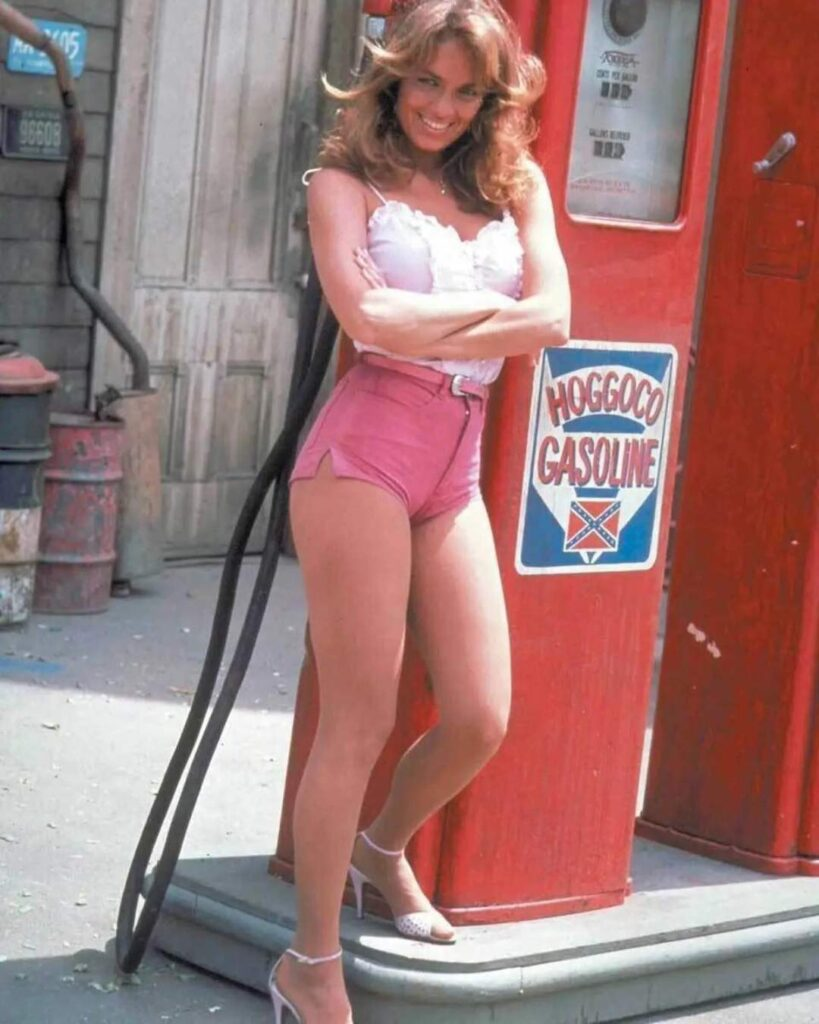
Daisy Duke wasn’t just a character; she was a cultural phenomenon. She captured the spirit of a transformative era, providing audiences with a role model who embodied both independence and authenticity. Through Catherine Bach’s portrayal, Daisy Duke became more than a television character—she became a timeless icon.
Catherine Bach’s portrayal of Daisy Duke in The Dukes of Hazzard transcended the screen, becoming a symbol of empowerment, fashion, and cultural change. Her role reflected a period of shifting norms and helped pave the way for more nuanced female characters in media. Daisy Duke’s enduring legacy is a testament to the power of authenticity, strength, and style, making her a timeless figure in television history.